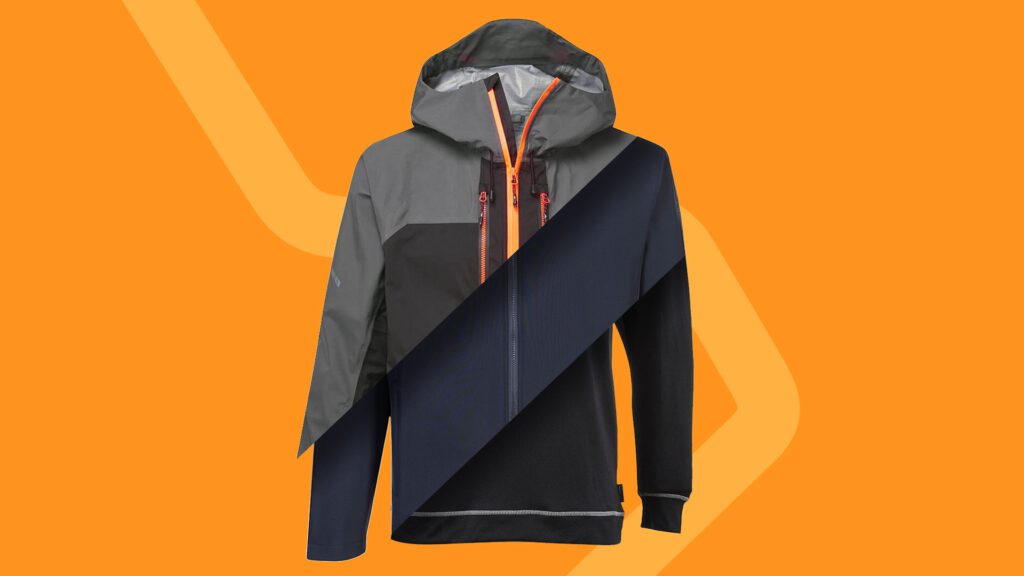Workwear for Every Weather: The Layering Principle

Living in Britain means being accustomed to layering up and preparing for any weather. With the ever-changing conditions we’re used to it’s crucial to ensure your team has access to workwear for every weather. Choosing the appropriate layers helps avoid your workforce getting soaked in the rain or feeling too warm and sweaty in the sunshine.
When selecting uniforms and workwear for your team, incorporating the ‘Layering Principle’ is essential to ensure they are ready for any weather conditions. By offering branded clothing that enables employees to layer up, you can keep them warm, dry, and comfortable no matter what the elements throw their way.
Workwear for every weather – the layering principle
When sourcing workwear and uniforms for your workforce, you’ve likely come across the concept of layering or the ‘layering system’. The idea is to strategically layer clothing to keep your team warm, dry, and comfortable through the varying conditions they may work in. The beauty of this system lies in its adaptability – you can easily add or remove layers based on how you feel and the weather conditions.
While it may seem logical to bundle up with the thickest layers when temperatures drop, the reality is that those who work outside will benefit from the versatility of layering their clothing far more.
What is the layering principle?
At its core, the layering system comprises three key layers:
- Baselayer – regulates body temperature and wicks moisture away from your skin.
- Mid-layer – traps the warmth generated by the body and further wicks away moisture.
- Outer Shell– protects from the elements, whether it’s a waterproof jacket for rainy days or an insulated jacket for cold, dry conditions.
Let’s take a deeper look into the specifics of each layer.
Layer 1: Baselayer
Worn closest to the skin to provide a layer of warmth, the baselayer aids in moisture management by wicking sweat vapour away from the skin and comes in lightweight, midweight, or heavyweight baselayers based on weather conditions.
Opt for breathable materials for effective moisture wicking and odour control, avoiding cotton as it retains moisture and can leave your team feeling cold. The best base layers are constructed from synthetic fabrics (such as recycled polyester) as they are very lightweight and dry fast. When combined with a fibre such as elastane it makes for a very comfortable base layer. Other options for effective moisture wicking include merino wool or a blend of both.
Layer 2: Mid-layer
The mid-layer helps your team retain body heat and further manage moisture. Options include thin fleece or lightweight mid-layers for mild days, and midweight fleece or softshell mid-layers for colder weather.
Softshell mid-layers provide warmth and protection against wind chill. For moments of rest or when your workforce is taking a break, insulated or down jackets are ideal for trapping warmth even when you’re not in motion.
Layer 3: Outer Shell
The outer shell serves as a protective barrier against any wind and rain your team may come across while working outside. The perfect out shell allows sweat vapour to escape while keeping water out. Windbreakers, winter jackets or down jackets make for ideal outer shell layers. For those working out in the elements, we find a soft shell is a popular choice. Softshells are ideal for repelling moisture without being too bulky. In cold but dry conditions, a large insulated jacket can also serve as an outer layer.
Why not chat with our experts today? They can help you figure out the best layering options for your whole team. Ensure your entire team is comfortable and ready to tackle whatever weather the day throws their way.
